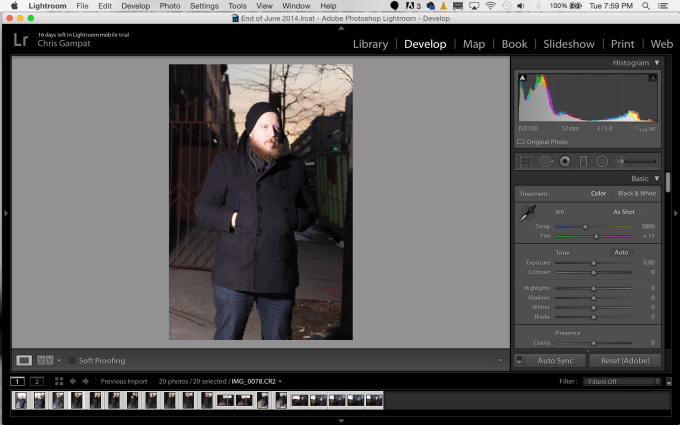One of the most common questions that I used to get back when I used to teach workshops was about uploading images to a website. For the uninformed, it’s easy for one to think that the higher the resolution and the higher the quality, the better it will be for their website. Unfortunately, this couldn’t be further from the truth.
If you’re going to print an image, 300dpi (dots per inch or pixels per inch in the case of ppi) is a great resolution. But if you’re uploading to the web, this can slowdown the servers because you’re unnecessarily making the image larger. Trust us, we would know since we went through a phase like this on our site, too.
Though the entire technical world is all about pixel peeping images, most of your clients won’t care to pixel peep. Instead, they’ll want to know what you can do for them when they look at the whole. In today’s world, you need to think about a couple of major factors in that case when it comes to image resolution and dimensions:
– Internet bandwidth
– Mobile devices
– Site layout
For many people, exporting JPEGs at 1000 pixels on the long side at 72dpi is more than sufficient. Putting an image on Facebook to market yourself and your business? That’s more than good enough of a size. In fact, you can even go as far down as 675 pixels on the long side if you don’t want anyone to really see your image at a larger size or download it to make a decent sized print from it.
When Apple first started to come out with Retina displays, we experimented with 125DPI, and actually found that many readers liked it. However, when it comes to our reviews we usually work with 72dpi and try to make sure our images are under 3.5MB to balance out quality, load time, details, etc. For the most part, it works out well but there are surely issues that arise. Exporting to 1000 pixels though alleviates any of that.
Uploading an image to Flickr, 500px or another service and don’t want someone downloading it? 1000 pixels on the long side is more than enough for someone to check out your image with no real problems at all.


